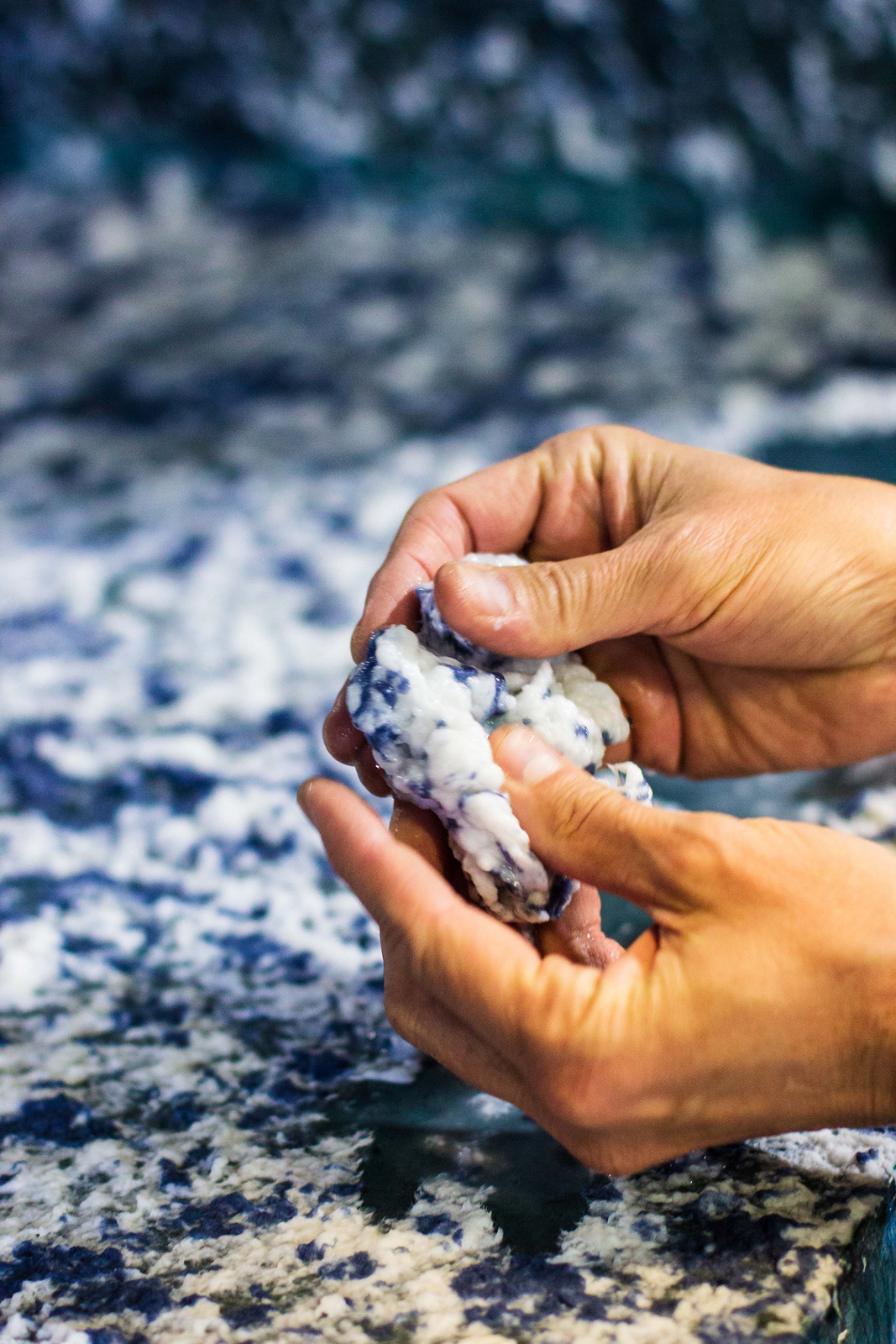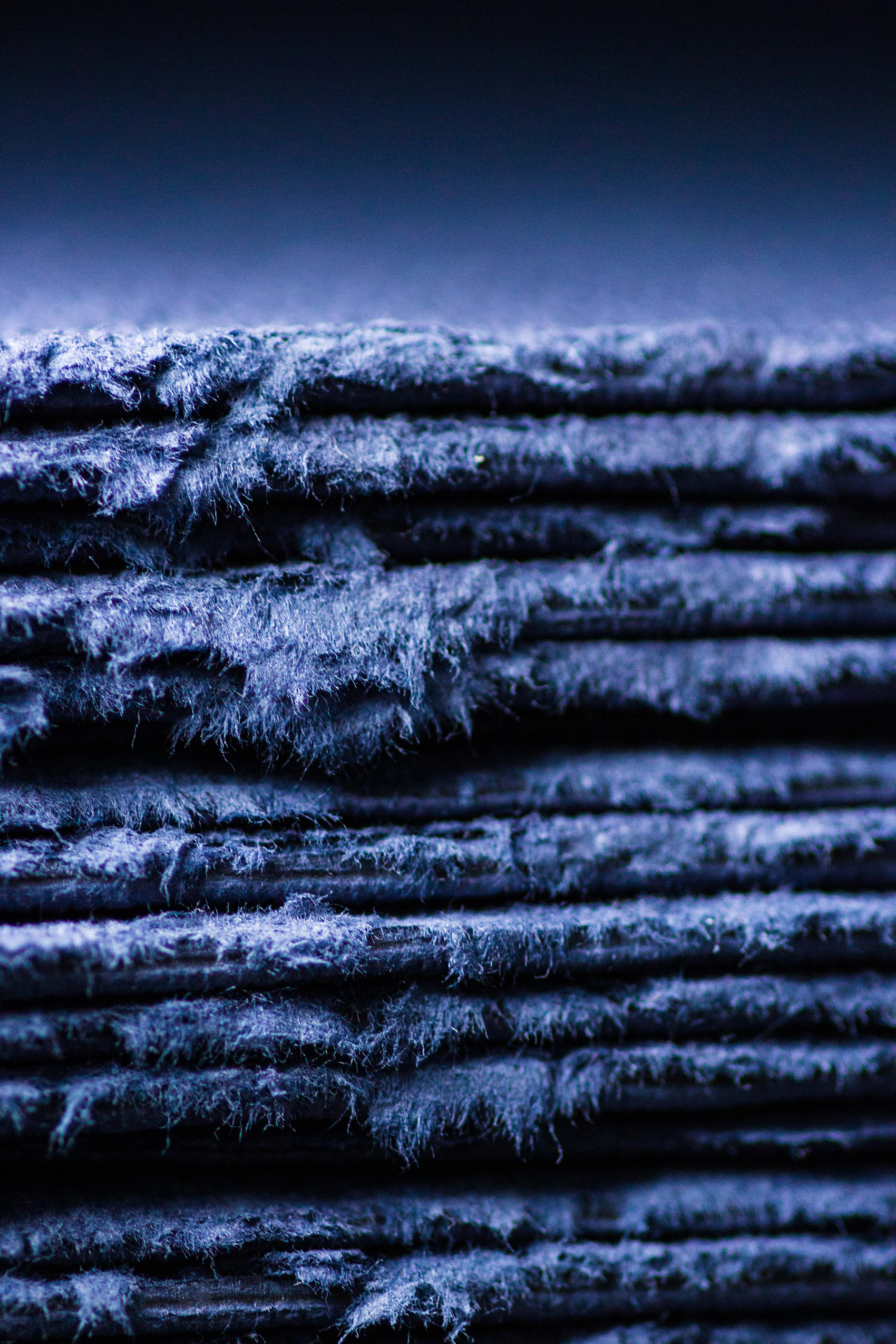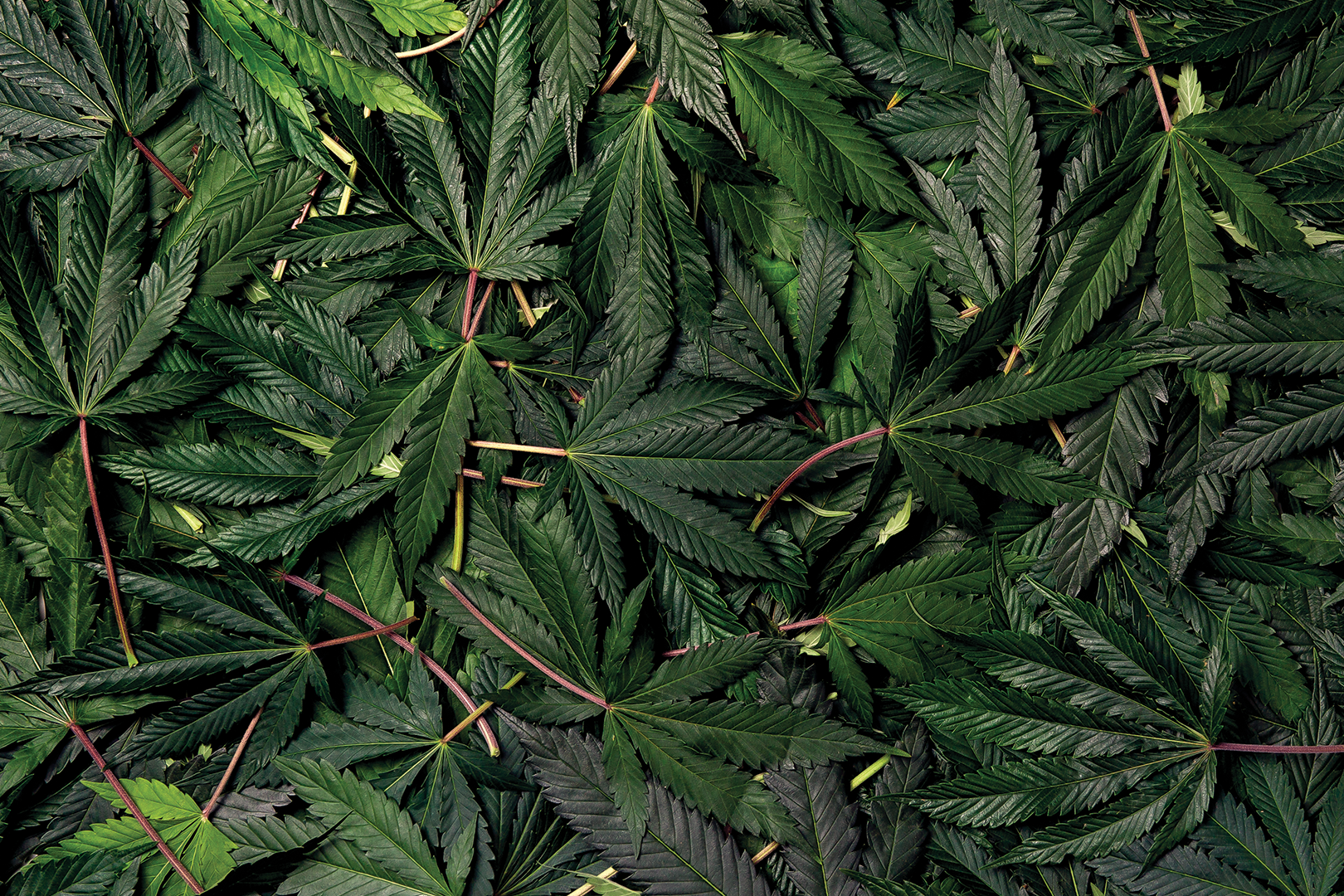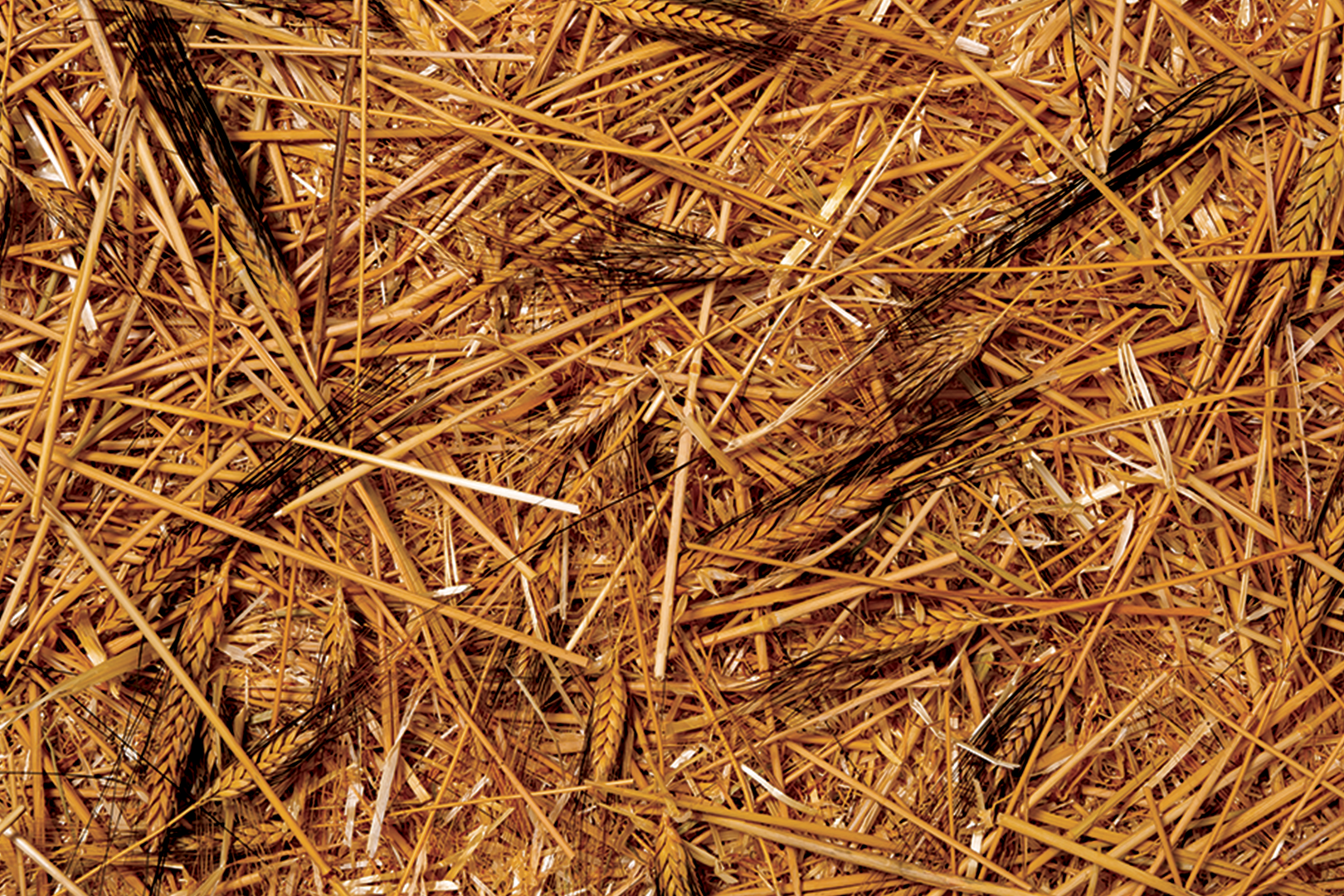For centuries, cotton textile waste was recycled to make paper. Today, there is more textile waste than ever. Strong, yet soft, these cotton fibers make beautiful paper. Mohawk Renewal Recycled Cotton uses two sources for its cotton fiber: white t-shirt trim and blue denim thread.

Reuse Cotton
Rolls of Mohawk Renewal, Recycled Cotton staged for sheeting at Mohawk.

T-shirt Scraps
The cotton scraps and denim thread we use come from clothing manufacturers' waste stream.
“We’re taking pressure off forests and landfills by reusing textile waste and making something new with it.”
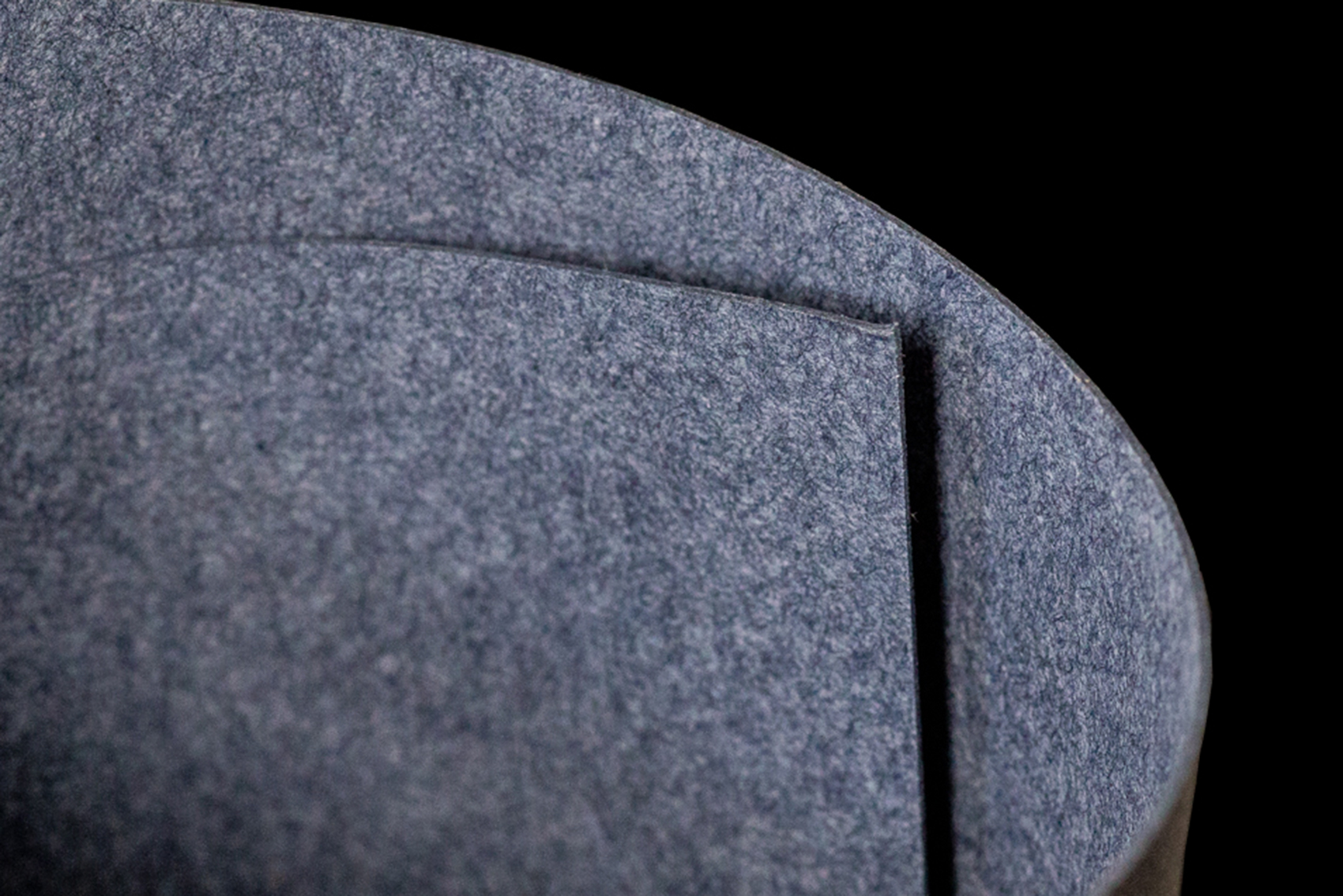

Sustainability with a Story
Mohawk Renewal
Hemp
Hemp grows rapidly, maturing in as quickly as 90 days. Turning hemp into pulp requires less chemicals, water, and energy than wood.
Mohawk Renewal
Straw
Making paper with straw eliminates the need for "fall burns" set by farmers to clear straw from their fields, creating acrid smoke and carbon emissions.





















